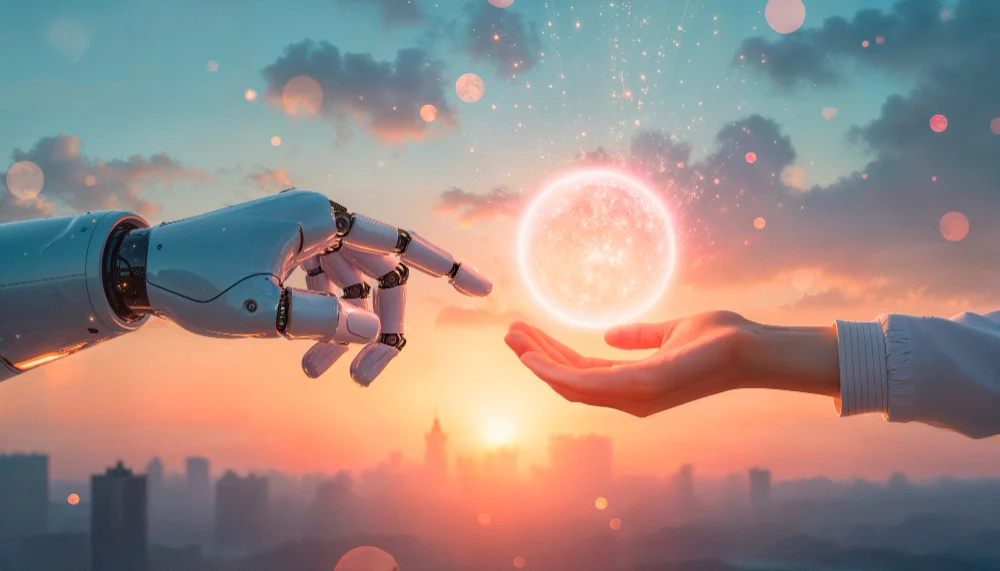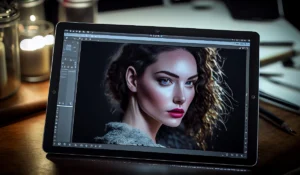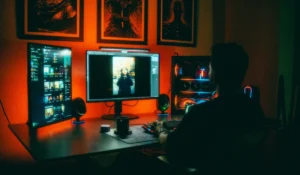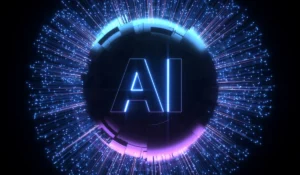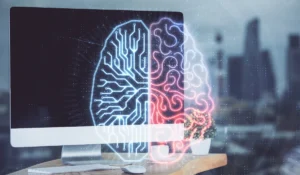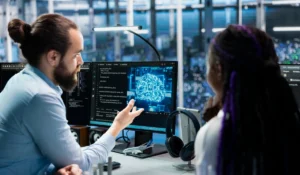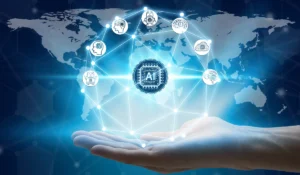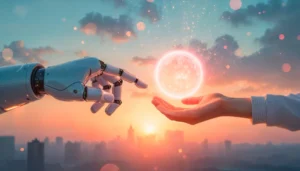Artificial intelligence has completely reshaped the creative world, and platforms similar to MidJourney are leading that transformation. MidJourney became famous for turning simple text prompts into stunning, dreamlike visuals that look hand-painted by artists.
But as technology advances, new AI art tools are emerging with equal or greater potential.
In this detailed guide, we’ll explore alternatives, features, and creative approaches that rival MidJourney’s capabilities. Whether you’re an artist, designer, or casual user, understanding what makes these AI tools powerful will help you choose the best one for your creative goals.
What Makes a Tool Truly Similar to MidJourney
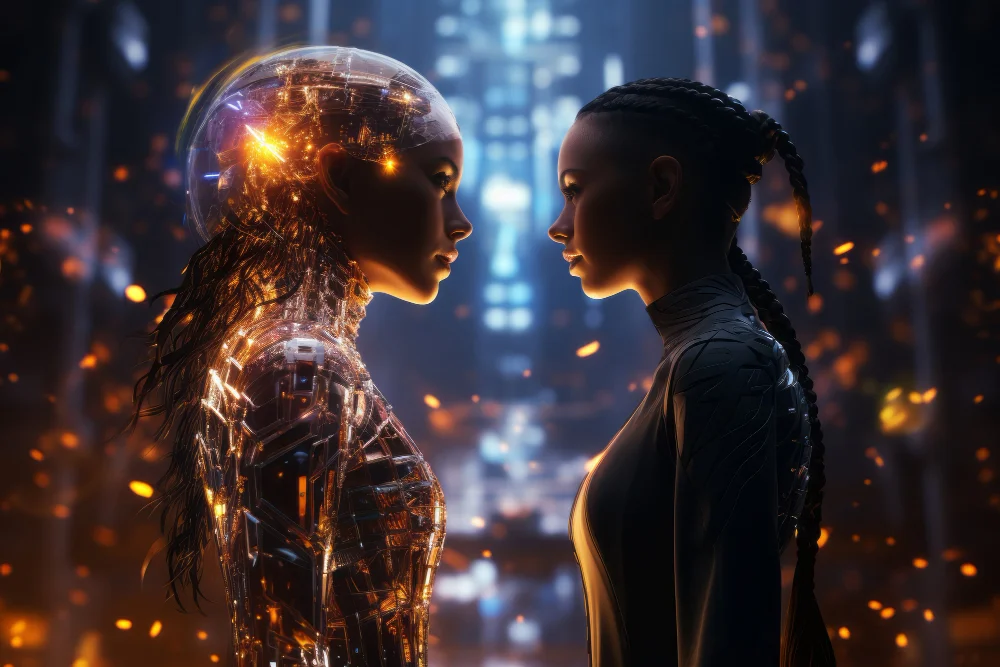
When you search for something similar to MidJourney, you’re not just looking for another AI image generator; you’re searching for creativity, precision, and style flexibility. Two key factors define great alternatives:
1. Artistic Quality and Image Control
AI art tools should balance artistic freedom with technical accuracy. A reliable alternative offers multiple rendering styles, realistic lighting, and consistent composition. It also allows users to control aspects like texture, perspective, or background clarity.
2. Ease of Use and Accessibility
A good MidJourney-like tool must be beginner-friendly while still catering to advanced creators. Its interface should simplify prompt input, style selection, and image generation. Users should be able to adjust results without needing coding experience.
These fundamentals ensure that the tool delivers quality without overcomplicating the creative process.
The Best Alternatives and Their Unique Strengths
Many tools now compete in the same space as MidJourney, each offering a unique balance of creativity and control. Let’s explore some of the most popular ones. Stable Diffusion is a top open-source model that allows users to train their own AI image generator.
It’s flexible, supports various extensions, and can be run locally for privacy. Meanwhile, DALL-E 3 from OpenAI shines in understanding natural language and creating precise, realistic outputs. Adobe Firefly focuses on design integration, while Leonardo AI allows users to refine prompts and customize styles deeply.
Features That Define Modern AI Image Generators
The evolution of AI design tools shows how deep learning, user experience, and creativity can merge beautifully. Before choosing a tool, it’s helpful to understand what makes modern AI image generators so effective.
Advanced platforms combine natural language processing (NLP) with diffusion models, allowing the AI to understand descriptive language and generate visuals that match both tone and mood. The best ones now support negative prompts, custom style references, inpainting, and upscaling to enhance results.
Standout Features:
- Prompt Engineering Support: Suggests better phrasing for precise results.
- Seed Control: Reproduce similar images with consistency.
- Style Presets: Choose from realism, anime, sketch, watercolour, or cinematic looks.
- Batch Generation: Create multiple variations quickly.
- Resolution Scaling: Upscale images without losing detail.
- Community Sharing: Access public galleries or remix others’ prompts.
Such features elevate the user’s creative power while maintaining a smooth workflow.
The Role of Prompt Engineering: Similar to MidJourney
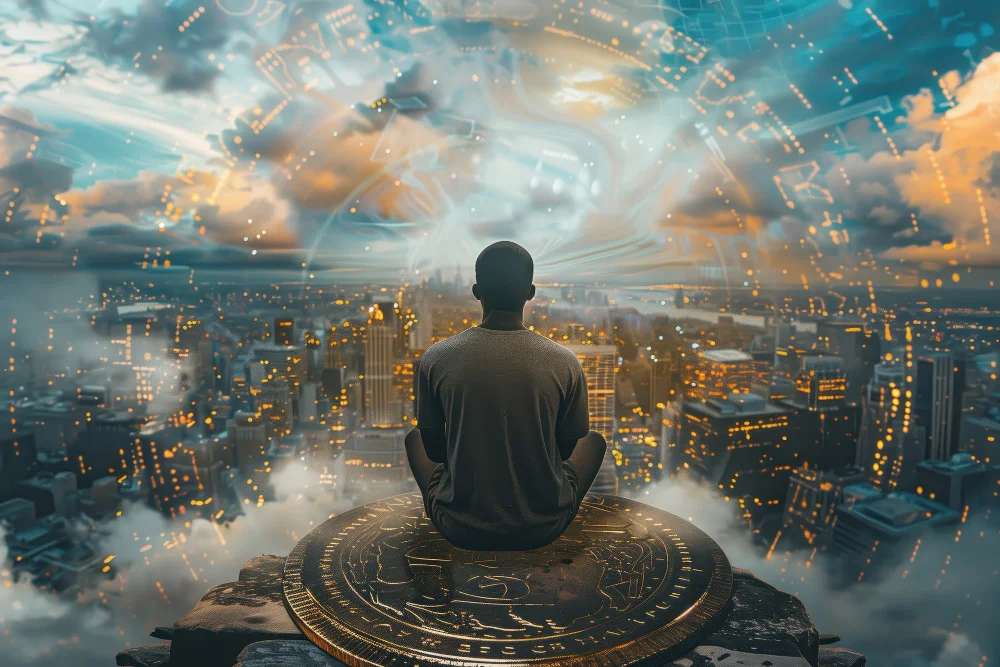
Prompt engineering has become the backbone of every tool similar to MidJourney. It’s the process of crafting clear, descriptive text to communicate ideas to the AI. The right combination of adjectives, scene details, and tone words can drastically change the outcome.
For instance, the prompt “a futuristic city at sunset with neon lights and flying cars, cinematic view” will yield dramatically different visuals than “a sci-fi city with tall buildings.”
Prompt engineering also helps users refine results through negative prompts like “without text,” “no blur,” or “exclude extra objects.” Over time, mastering prompt language lets you push AI art tools to produce results that perfectly match your imagination.
Ethical and Creative Considerations: Similar to MidJourney
While tools similar to MidJourney inspire creativity, they also raise important ethical questions. AI-generated art often uses massive datasets for training, some of which include copyrighted materials. This has led to debates about originality, artistic rights, and ownership.
Responsible AI platforms now integrate copyright filters, watermarking systems, and transparent usage policies. Ethical AI creation requires respecting artists’ work while enabling innovation. Moreover, creators must be cautious not to generate harmful or misleading imagery.
Ethics and creativity can coexist. By maintaining transparency and proper attribution, developers and users together can ensure that AI art remains inspiring and safe.
Building Your Own MidJourney-Like Model
Developers and researchers can even build custom AI image generators using frameworks such as Stable Diffusion, Hugging Face, or Runway ML. While more complex, this route offers unmatched creative control and data transparency.
To create your own system, you’ll need:
- A base diffusion model (open source preferred)
- A dataset aligned with your target art style
- GPU resources for model training
- A prompt parser to interpret language
- A front-end interface for accessibility
This method suits professionals aiming to launch independent AI art startups or unique in-house creative solutions.
Why You Should Explore Similar to MidJourney
There are many reasons to explore tools similar to MidJourney beyond curiosity. Some people prefer privacy, others want free access, or need integration into existing workflows. Exploring multiple options also teaches you about AI art’s full potential.
Each platform comes with different licensing, pricing, and artistic focus. Experimenting helps you discover which one aligns with your aesthetic. Additionally, some tools allow you to fine-tune models with your own dataset, unlocking a signature style for branding or digital art portfolios.
In short, diversity in tools means diversity in creativity.
Advanced Features That Set the Best Apart
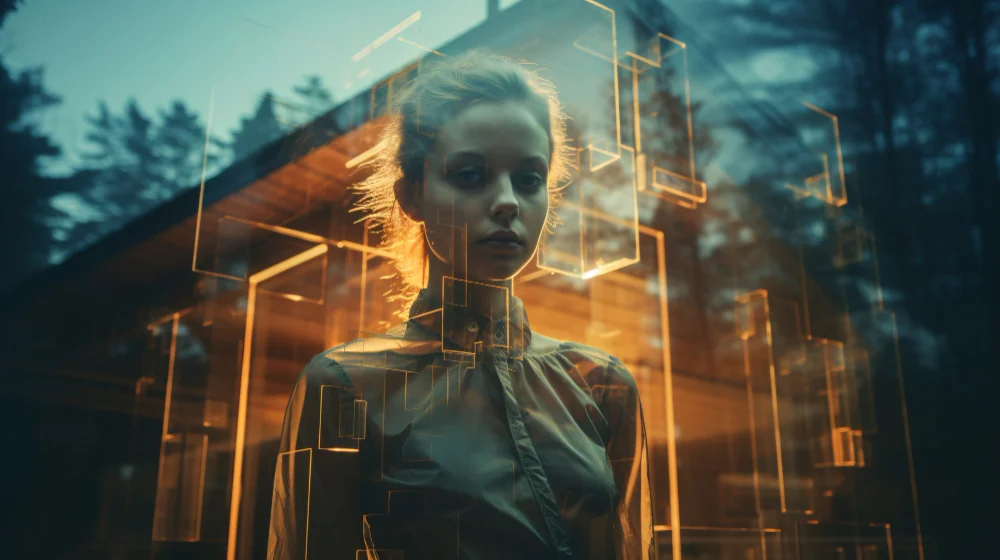
What makes some platforms stand out in the sea of AI generators? Let’s explore advanced attributes that define a superior product.
Modern AI models now feature multi-modal inputs, where users can combine text, sketches, or reference photos to guide results. There’s also style morphing, where you can blend two different artistic looks (e.g., watercolour and cyberpunk).
Advanced cross-image consistency ensures that the same character appears identically across multiple scenes. For a deeper look at some of the best AI tools available today, check out AI tools available today to explore how these innovations are transforming creativity and design.
Other noteworthy capabilities include:
- Explainable AI: Shows which parts of the prompt influenced the output.
- Plugin Support: Let’s developers add community tools or brushes.
- Collaborative Mode: Teams can co-create art in real-time.
- Cloud Training: Fine-tune AI models without owning powerful hardware.
- Style Libraries: Save and reuse custom aesthetic templates.
These innovations redefine what it means to be similar to MidJourney they go beyond imitation into the realm of evolution.
SEO, EEAT, and Trustworthiness in AI Art Platforms
Search engines increasingly value EEAT (Experience, Expertise, Authority, and Trust). For an AI tool or website featuring such technology, these principles matter deeply. Developers must clearly describe how models are trained, ensure transparent privacy policies, and build communities that showcase real user experiences.
Google’s NLP systems also analyze content quality and context. Therefore, when you write or promote platforms similar to MidJourney, focus on authentic expertise, factual accuracy, and human oversight. These factors help your site or AI product gain authority and long-term visibility.
Conclusion: Similar to MidJourney
Finding or building tools similar to MidJourney isn’t just about replacing it it’s about pushing creativity further. Whether you use DALL-E, Stable Diffusion, Leonardo AI, or develop your own solution, each offers new perspectives in digital imagination.
The key is to understand your intent: do you want realism, stylized art, or conceptual abstraction? Once you identify that, you can pick the perfect AI partner to bring your vision to life.
AI art isn’t replacing human creativity, it’s amplifying it. Embrace these tools as collaborators, and you’ll discover new worlds of expression.

